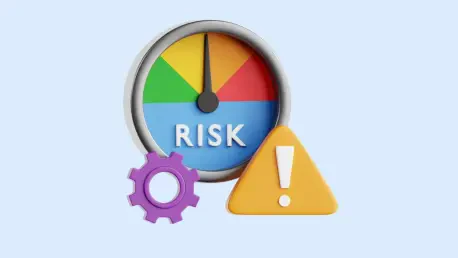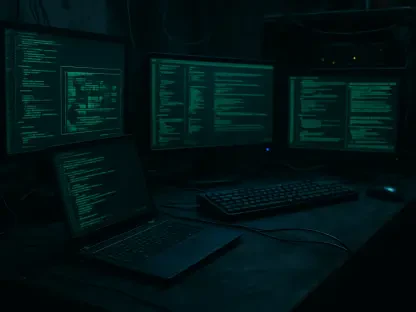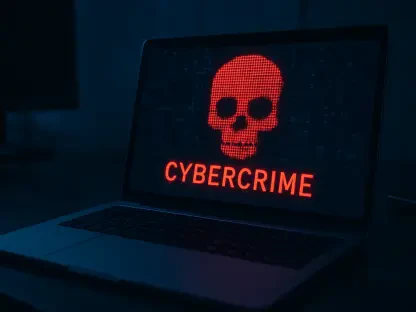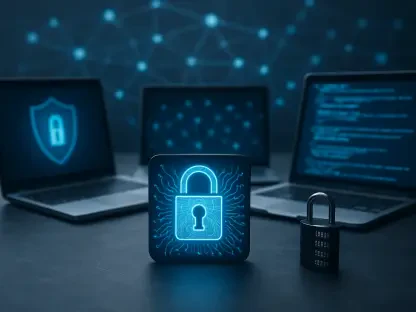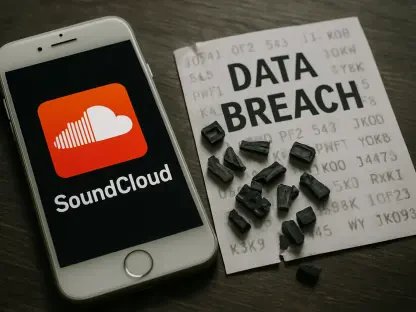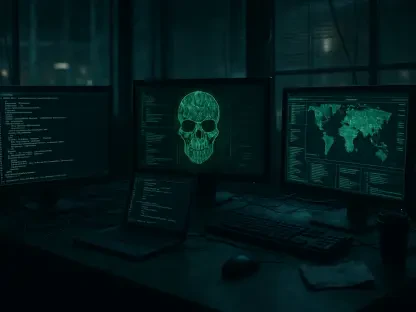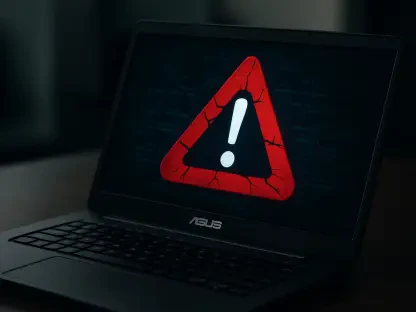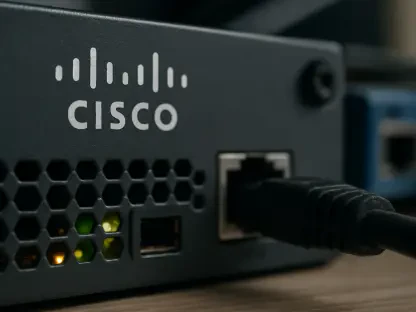In today’s digital world, cybersecurity is more critical than ever, yet many organizations fall into the trap of what is known as “security theater.” To shed light on this issue, we’re speaking with Rupert Marais, an experienced security specialist with a deep understanding of endpoint protection, cybersecurity strategies, and network management. He will guide us through the complexities of security theater and how it impacts real-world cybersecurity efforts.
Can you describe the moment when you first noticed the disconnect in the board meeting regarding the security program? What specific elements of the security update felt familiar yet misleading to you?
The disconnect became apparent during a board meeting where the presentation revolved around typical metrics like training completions and patching schedules. These elements seemed trustworthy at first glance, but the underlying issues were glossed over, creating a misleading sense of security. The focus was on favorable numbers that didn’t contribute to real security posture improvement.
How did the board react to the security update and why do you think it provided a false sense of security?
The board seemed reassured by the reports they received, primarily because the positive statistics were comforting. It skews perception by focusing on superficial success while neglecting more critical security flaws, leading to a dangerous complacency.
In your opinion, what makes security theater more of a governance failure than an IT problem?
Security theater often originates from a governance issue because leadership may prefer to prioritize pleasing optics over effective risk management. IT can only do so much if the strategic direction is flawed or if there is a misalignment in key performance indicators that drive superficial results.
How do misaligned KPIs contribute to security theater? Can you give examples of organizational cultures that prioritize optics over meaningful risk reduction?
KPIs that emphasize completion rates or firewall logs tend to look good on paper without addressing more in-depth vulnerabilities. Some organizational cultures value appearances for the sake of compliance rather than adapting strategies to actual threat landscapes—this can lead to ignoring long-term risks.
During your engagement with the healthcare diagnostics company, what were some critical issues you observed?
I noticed that despite regular phishing tests and training, a significant portion of the staff disregarded these initiatives. This complacency led to unchanged poor performance in recognizing actual threats. The culture of preferring “upbeat” reports encouraged neglect of real issues.
How did the staff’s behavior impact the effectiveness of phishing tests and training? Why do you think the CTO wanted the reports to remain ‘upbeat’ despite the issues?
The efficacy of phishing tests is largely based on staff engagement. If the staff is not genuinely participating, those tests serve no real purpose. The CTO’s inclination towards upbeat reporting likely stemmed from a desire to project stability and progress to stakeholders who would otherwise be uneasy about genuine issues.
You’ve mentioned that checklist-heavy security programs often fall into the trap of security theater. Can you elaborate on why that is?
These programs can become a box-ticking exercise, focusing on whether items are checked rather than if they enhance security. Without verifying that security measures work in practice, these checklists provide a false sense of completion but little in terms of real protection.
What are the risks of relying heavily on checklists? What type of metrics do you think can be misleading in these scenarios?
Checklists can lead to overlooking real threats by celebrating compliance with criteria that don’t reflect actual security status. Metrics like password change frequency or the number of resolved vulnerabilities can mislead if the context and depth of these actions aren’t considered.
How can the lack of strategic intent signal the presence of security theater?
When organizations don’t have a clear understanding of the risks they are trying to mitigate, it becomes security theater. The absence of strategic vision often reveals itself when leadership can’t articulate the purpose behind security actions.
What questions should cybersecurity leadership be able to answer to avoid falling into this trap? Can you provide examples of KPIs that are “essentially metrics without context”?
Leaders should confidently state what specific risks are being mitigated and how measures align with broader business goals. Indicators like the sheer number of phishing emails blocked can be irrelevant if they’re not analyzed for trends or integrated into a broader threat assessment.
How does organizational culture play a role in fostering security theater?
Organizational culture often emphasizes maintaining a polished image over confronting uncomfortable truths. This results in decision-making processes that favor short-term reassuring headlines rather than addressing long-term risks.
Why do leadership teams often favor clean, confident messaging over uncomfortable truths?
Confident messaging is less likely to provoke alarm and is perceived as aligning with steady management. However, this approach can suppress critical vulnerability exposure that requires candid acknowledgment and action.
What steps can security leaders and boards take to break the illusion of security theater?
Engaging in regular tabletop exercises can expose gaps in the current strategy by simulating real breach scenarios. It’s crucial for boards to translate technical terms into business language so they fully grasp the implications of risks presented to them.
Why is it important to translate technical risk into business terms, especially for board members?
Boards need to perceive threats as tangible risks to business operations. When risks are explained through potential business losses or operational downtimes, it becomes easier for board members to understand the urgency and allocate resources to mitigate them.
What advice would you give to CISOs to ensure that security doesn’t turn into a mere performance?
I’d recommend prioritizing clear communication of risks in the language of business impact. Collaborating with a risk governance committee helps distill technical details into actionable information and helps organizations move from illusion toward resilience.
Reflecting on the broader trends across industries, how widespread do you think the issue of security theater is?
Security theater is prevalent across numerous sectors, often due to the pressure of meeting compliance rather than genuine security improvement. While awareness is growing among senior leaders, translating that awareness into actionable change remains a critical challenge.
